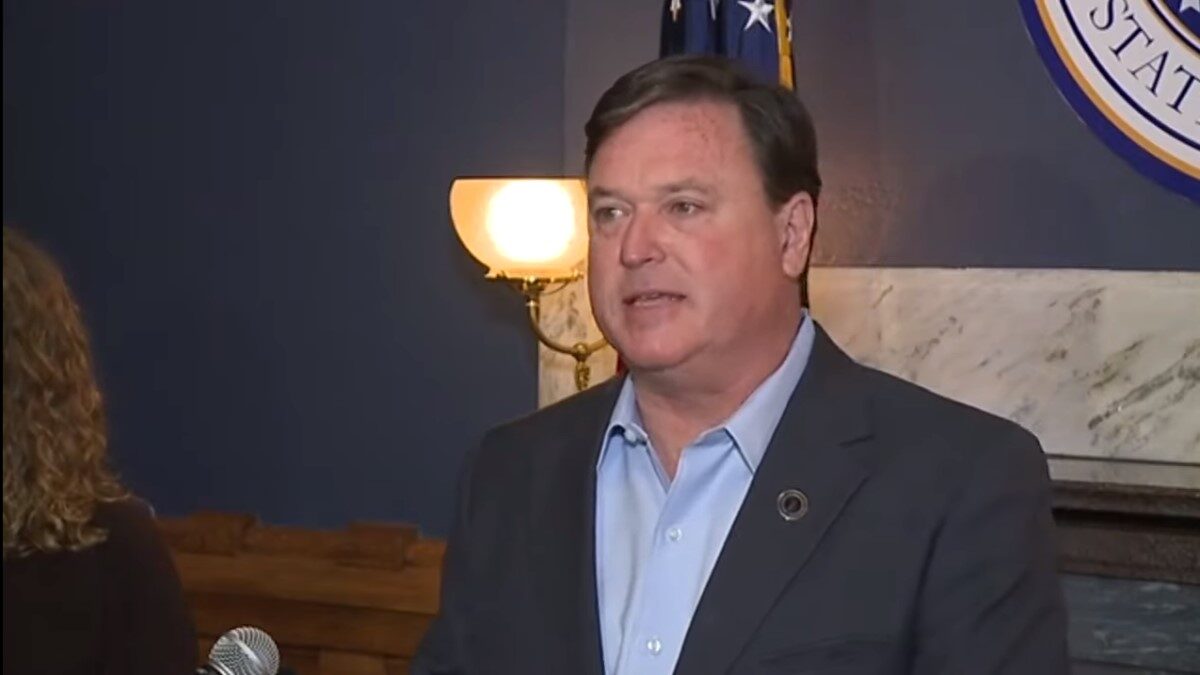When I was a high school junior in Ohio, I had to debate a classmate on a topic of our choice for a course on public speaking. I was always obnoxiously political, so my peers had no interest in hearing me drone on and on about ISIS, Social Security, or how bad President Barack Obama was and why Mitt Romney lost a winnable election just two years prior. They’d heard enough of my adolescent commentary on whatever I listened to on cable news that morning while everybody else recapped highlights from “SportsCenter.” So when it came time to settle on a subject, my classmate and I chose something a little more lighthearted to quibble about in front of the entire class: the obesity of Santa Claus.
I argued the longtime Christmas mascot was an unfit role model for American children to admire. I also argued that teaching kids to lay out a gourmet spread of cookies and milk for a likely diabetic Santa to consume in the middle of the night encouraged a lifestyle of apathy toward personal health. I can’t remember much else from the brief discussion, and my notes are buried away 1,100 miles from where I’m living now in Colorado, but I distinctly remember the eruption of laughter when I called jolly old St. Nicholas a “walking heart attack.”
It was all a joke at the time. Being a high schooler in 2014, my partisanship was so strong that I would even mock First Lady Michelle Obama’s efforts to tackle childhood obesity through her “Let’s Move” campaign, complete with an overhaul of school lunch programs. I went on to publish a column in The Federalist last year begging for that level of activism to return.
Childhood obesity seemed like a joke to us in school, but it shouldn’t have been. According to the Centers for Disease Control and Prevention, more than 17 percent of Americans aged 2 to 19 were considered categorically obese in 2014. In 2020, that number reached nearly 20 percent, or 1 in 5 people in the same age range. According to a study from the University of Southern California and the University of Michigan out last year, nearly half the nation’s children ages 5 to 11 reached a body mass index that qualifies them as medically obese. Pandemic lockdowns accelerated childhood weight gain from an already high baseline.
In December 2019, a team of academics published an article in the New England Journal of Medicine that projected nearly 60 percent of those aged 2 to 19 will be obese by the time they’re 35. The authors’ prophecy will likely come to fruition far sooner after lockdowns incentivized sedentary lifestyles.
Make no mistake, America is facing a crisis of obesity — a real problem when you consider obesity is a prime comorbidity to seemingly every other major health problem in the country. With children adopting the toxic habits of their parents in a country where 67 percent of adults qualify as, at minimum, overweight, the next generation is already set up to fail. That failure carries with it a lifetime of medical complications, with millions of people being at severe risk of chronic disease in the long term and certain immobilization in the short term.
Considering the nation’s weight inflation, it’s time to consider its role models too.
By every measure, the iconic Santa Claus with his snow-white beard and stretched black belt buckle is an emblem of Christmas comfort and a staple in a happy holiday. Kids watch movies about his magic, fantasize about the North Pole fairytale, and visit the man himself to ensure a desirable deposit of presents under the tree on Christmas morning. What’s not to love?
It doesn’t require teaching children to hate fat people to hate fat. Santa Claus doesn’t have to glorify obesity either. In a nation where pro-fat influencers from Lizzo to local school officials are already inundating children with pro-fat messages disguised as “body positivity,” children don’t need one more mascot to encourage their weight gain. When there are no childhood role models left who aspire to be a picture of health, there will be little to no incentive for children to learn the value of healthy habits. If government bureaucrats at NORAD are going to put a mask on the man riding his sleigh alone in the upper atmosphere, they could at least trim his weight.
That said, parents: Please don’t deprive your children of their dopamine treats on dreamy Christmas Eve. Heat the cocoa, bake the cookies, and make the memories sweet. But when New Year’s Day rolls around, it’s time to commit to be fit.
This article has been updated to reflect CDC statistics show 67 percent, not 77 percent, of Americans are overweight based on the Body Mass Index (BMI).









